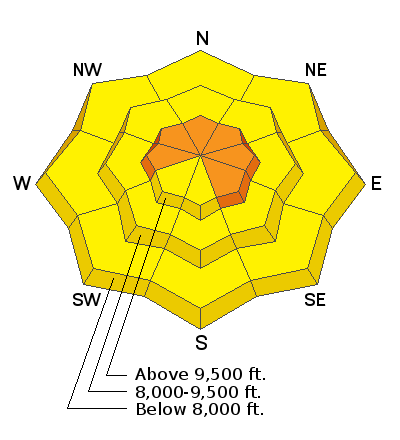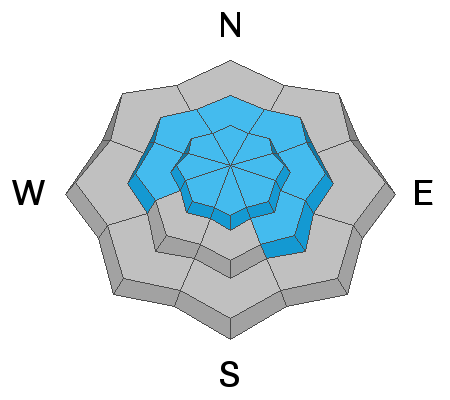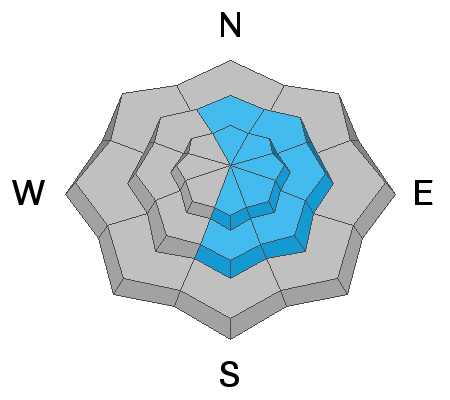Forecast for the Provo Area Mountains

Issued by Drew Hardesty on
Saturday morning, February 27, 2021
Saturday morning, February 27, 2021
Areas of CONSIDERABLE AVALANCHE DANGER exist in the Provo mountains. Fresh wind drifts may be the most widespread avalanche problem, but some avalanches still have the potential to step down into older weaker layers 3-6' deep in localized terrain. I continue to avoid being on or beneath steep terrain in the Provo area mountains.

Low
Moderate
Considerable
High
Extreme
Learn how to read the forecast here









